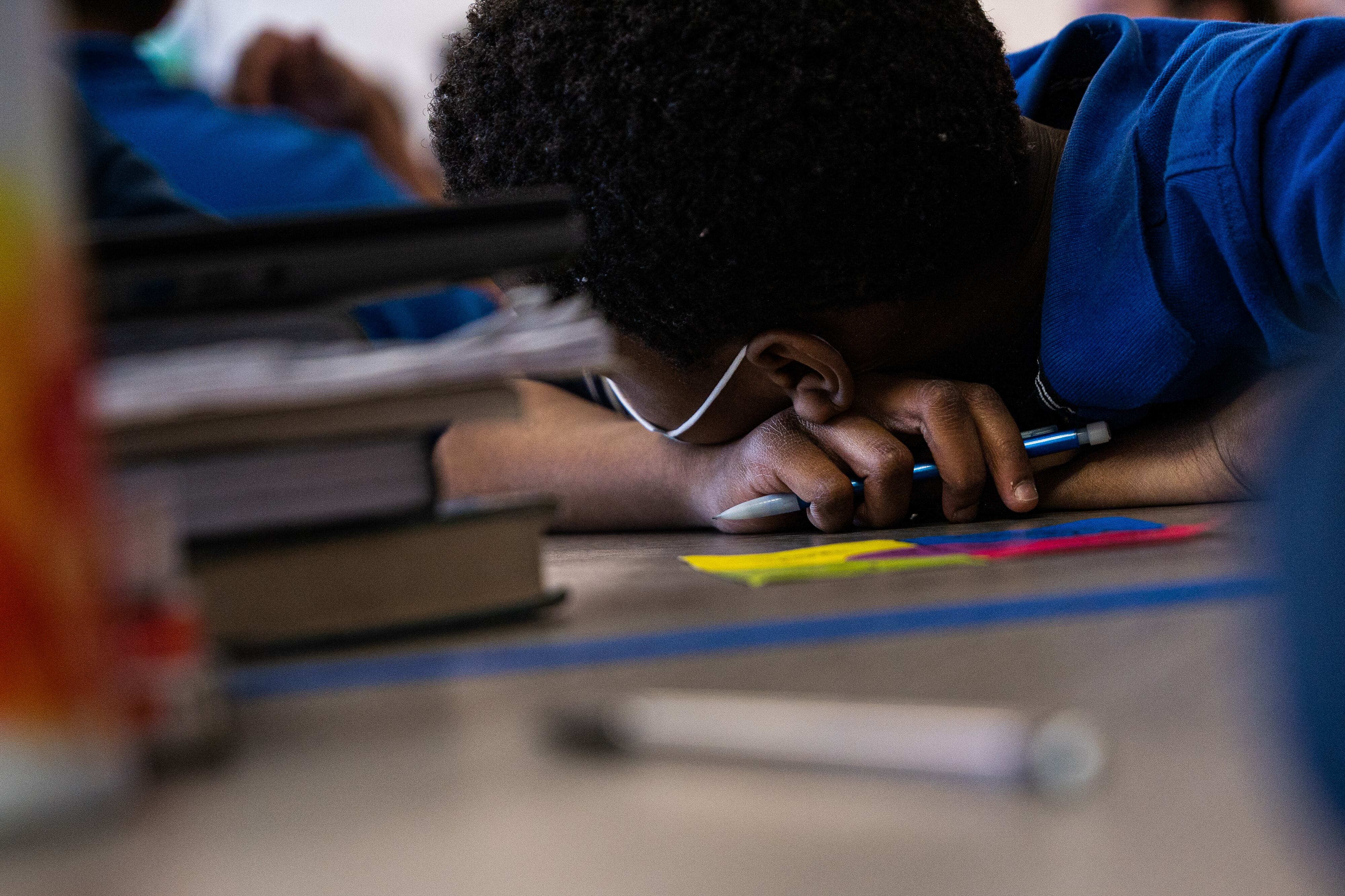Nearly two-thirds of New York City students who are entitled to bilingual special education services are not receiving all of their mandated support, according to new figures released by the city’s education department.
At the end of last school year, just 36% of children who were assigned bilingual special education services received the correct amount of instruction from a certified bilingual teacher and in a classroom with the proper ratio of students and staff.
That means about 3,100 students did not receive their correct classroom placements, including those that are co-taught and include a mix of special and general education students, classes with higher staff ratios exclusively for students with disabilities, or situations where students are pulled out of their classrooms for small group instruction. By comparison, 88% of all students with disabilities were placed in the correct environment listed on their individualized education program, or IEP, which officials said is the highest rate on record.
The statistics are part of the city’s annual special education report and refer to services delivered last school year, when students were required to attend school in person for the first time since the pandemic led to shuttered buildings in March 2020. The report now includes more detailed breakdowns for students who are entitled to bilingual special education services, revealing troubling gaps between those students and their English-speaking peers.
For years, state officials have criticized the city for failing to provide bilingual special education services, placing the education department on a corrective action plan in part due to ongoing shortages of certified bilingual educators and service providers. Advocates emphasized that those problems are even more urgent now, as roughly 14,000 students have enrolled in the city’s public schools since July, many of whom are seeking asylum and may not speak fluent English.
“It is unconscionable that the city has yet to fully close the gaps for immigrants with disabilities,” Andrea Ortiz, senior manager of education policy at the New York Immigration Coalition, wrote in an email, noting that lost services and instruction during the pandemic hit English learners particularly hard. She added that caregivers who don’t speak English have also struggled to access translated IEPs and other special education documents.
City statistics also show significant gaps in access to other wraparound support, though there have been significant improvements since the previous school year. About 21% of bilingual students who were entitled to counseling services received none or only part of their required sessions, far higher than the 6% rate for all other students with disabilities. Meanwhile, 13% of students who were entitled to receive bilingual speech therapy received none or only part of their required sessions, about the same as last year. Only 3% of their English-speaking peers fell into that category.
Lori Podvesker, director of disability and education policy at IncludeNYC, also pointed to an increase in the share of English learners who are eligible for special education services but are waiting more than the required 60 days for an IEP meeting. About 32% of English learners fell into that category, up from 23% the year before.
“That’s significant — that shows the need for more bilingual evaluators and providers,” she said.
Education department officials noted in the report that one reason students may not receive all of their bilingual special education services is families may not want to relocate their children to schools that can offer the full range of support.
“Many families do not move their child to a school where a bilingual program is available, and the DOE does not force families to accept placement in a particular school for the reason of special education programming,” the report notes.
The department is working with superintendents across nine of the city’s 32 districts to add bilingual special education classes, according to the report. They are also using federal relief funding to offer small group instruction, often outside of their regular classrooms, for bilingual students who are not receiving all of their classroom services. Officials also wrote that they are trying to speed up special education evaluations, including by adding psychologists to school support teams and expanding after-school evaluation sites.
Still, advocates argue that families aren’t to blame if nearby schools can’t provide bilingual special education support, noting that traveling long distances to secure services may not be tenable for younger children, and the city’s yellow bus system is notoriously unreliable. Plus, some families simply aren’t offered services at all if there are no available seats, according to Janyll Canals-Kernizan, director of the Robin Hood Project at Advocates for Children, who works with families seeking bilingual special education services.
“It’s not just that families are being offered something and they’re rejecting it because it’s far away. It’s also that [they] are mandated to receive these supports on their IEPs,” she said, “and they just never get it.”
Under city law, the annual special education report is due by Nov. 1, though city officials did not release it until this month despite repeated requests. An education department spokesperson did not respond to a question about what caused the delay.
Reema Amin contributed.
Alex Zimmerman is a reporter for Chalkbeat New York, covering NYC public schools. Contact Alex at azimmerman@chalkbeat.org.







